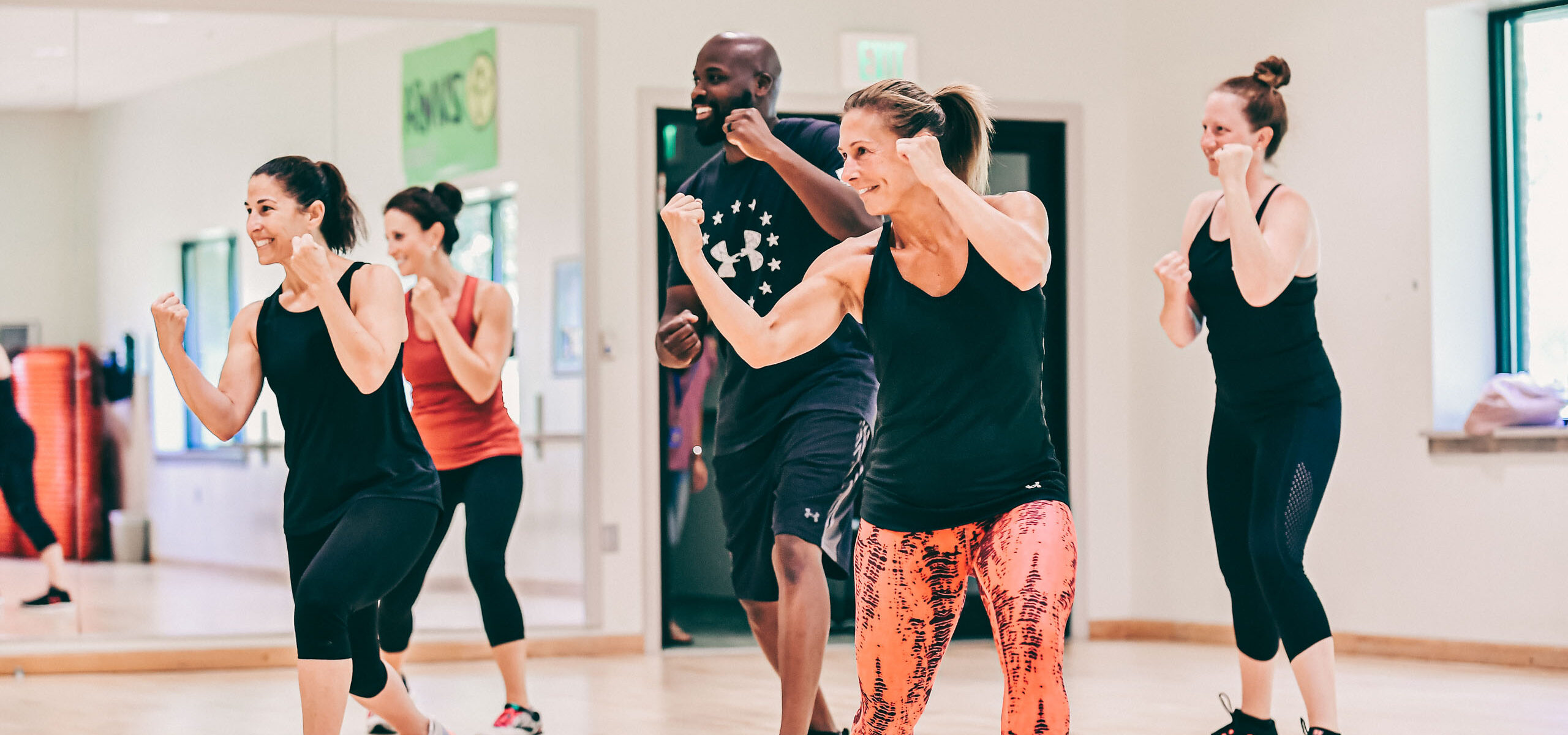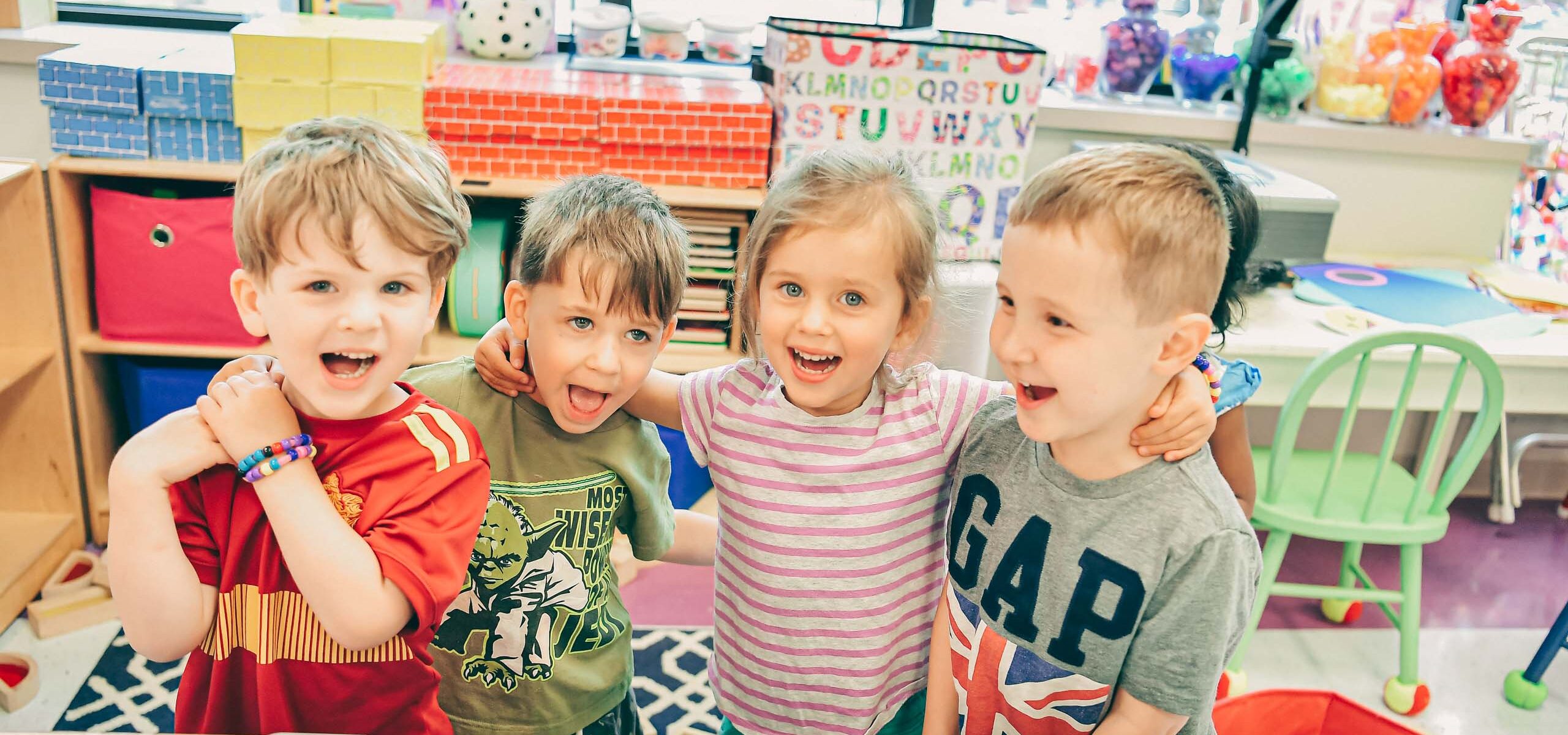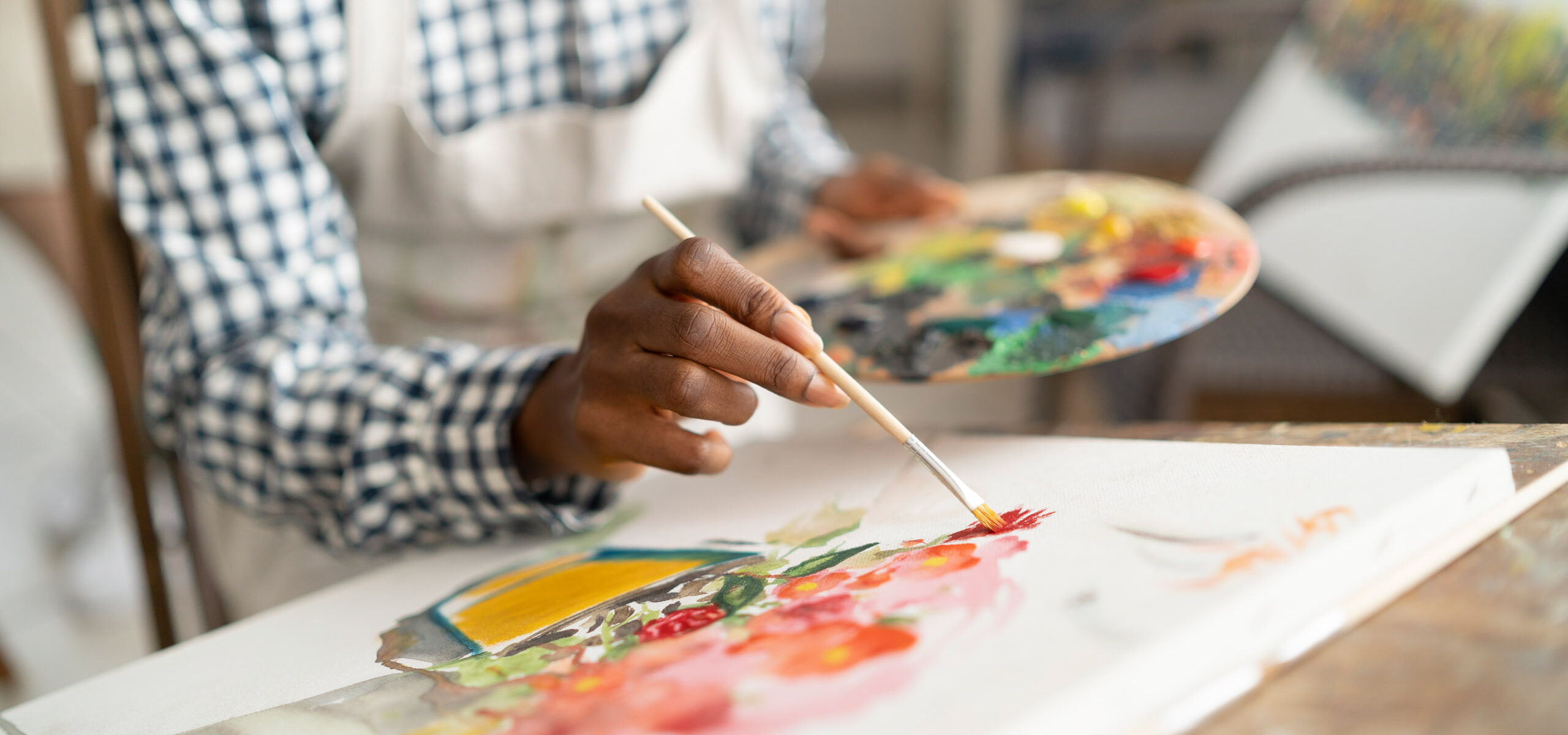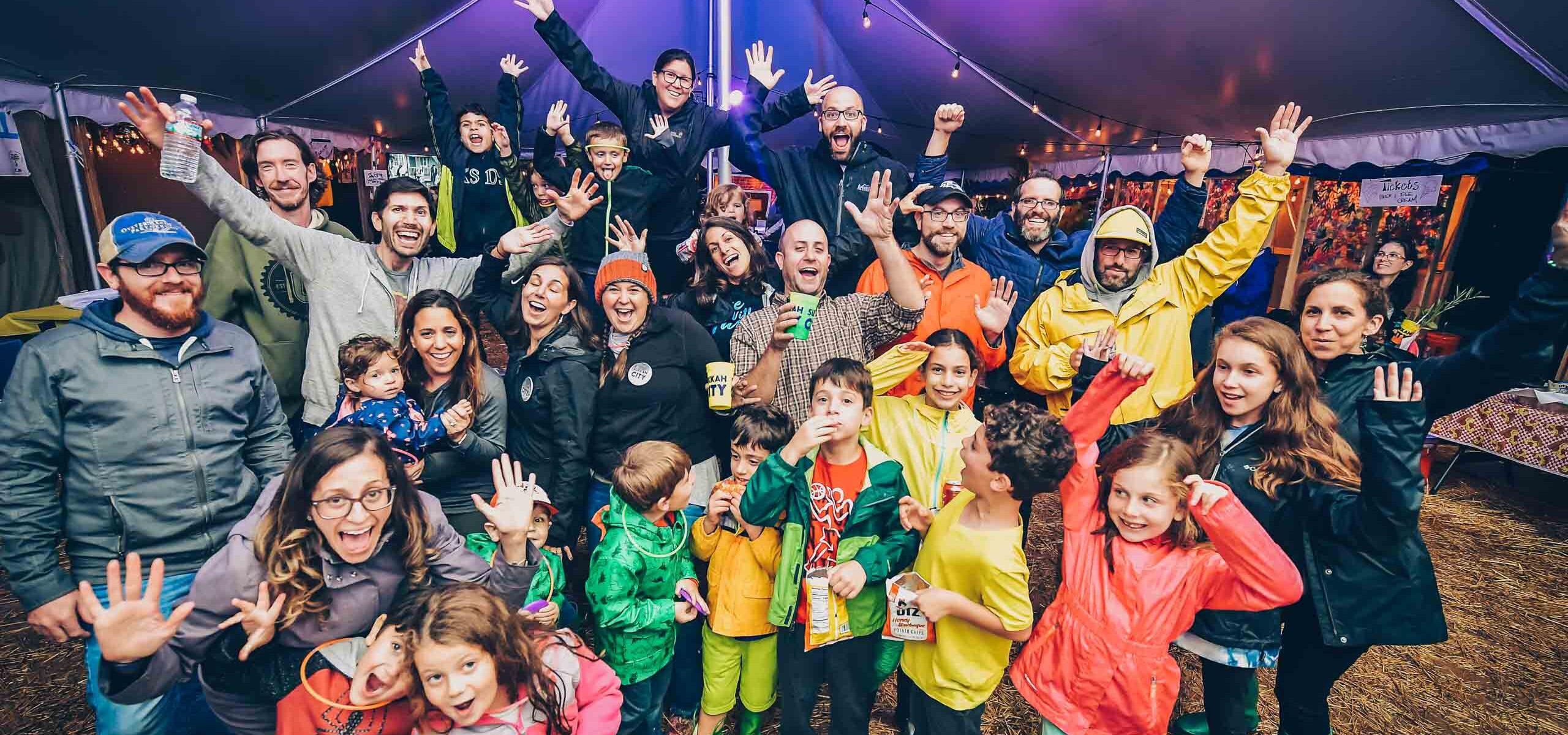The Baltimore JCC has a history that spans over 160 years. It was founded in 1854 and has evolved into an organization of vitality and diversity. It is a proudly Jewish institution that reaches out to all people.
Our History
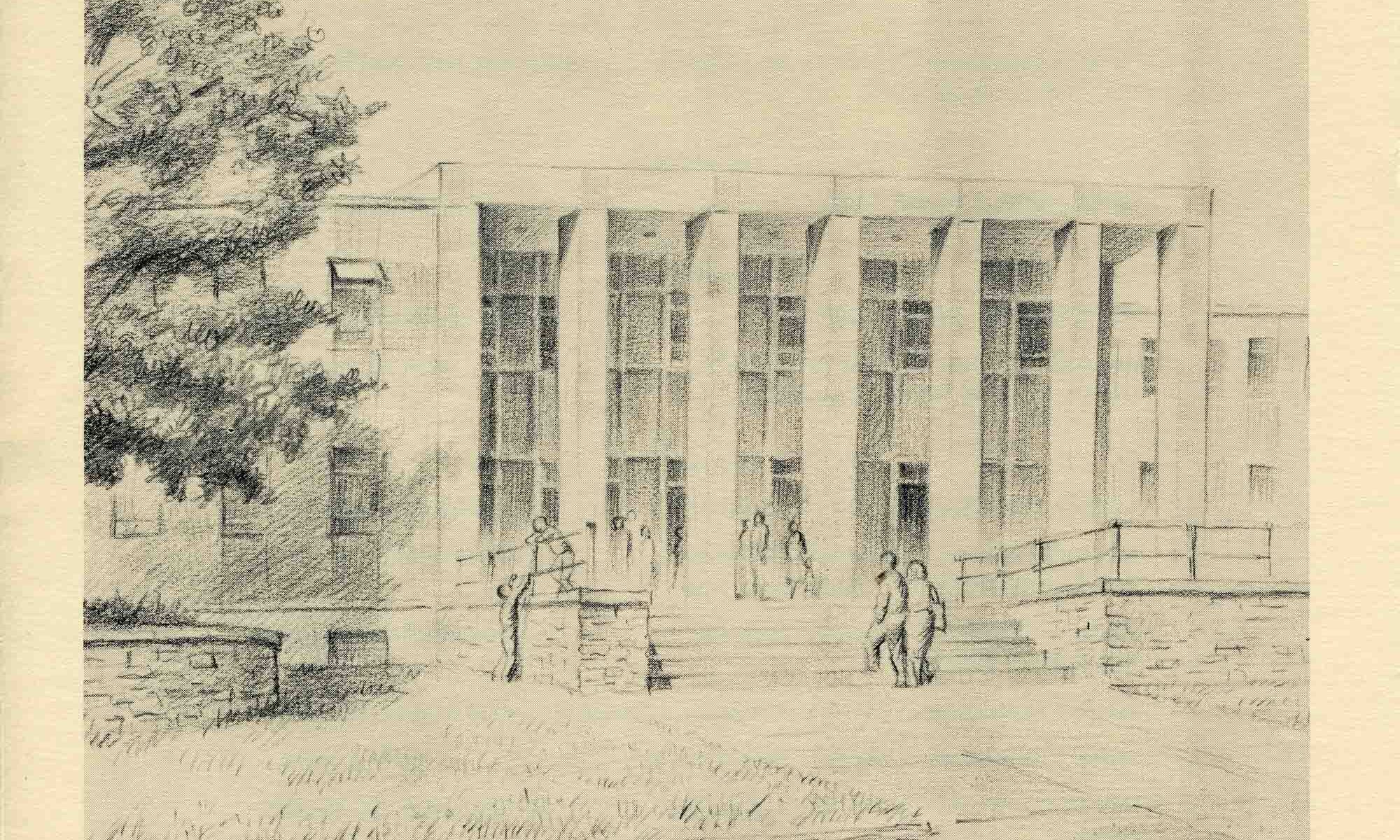
The history of the JCC is synonymous with the history of Baltimore’s Jewish Community which showcases the growth and migration from East Baltimore to the Northwest corridor. It’s a history carefully documented in history books and kept alive by loving memories.
In 1854, Baltimore’s Jewish community was still very young and very small, no more than 8,000 people in all. Tensions between the north and south were running high in this time just before the Civil War, and in this climate, the Hebrew Young Men’s Literary Association, the earliest antecedent of the JCC, was founded.
While it faded away in the 1860s, a likely casualty of the Civil War, the Hebrew Young Men’s Literary Association served an important purpose. It provided a comfortable and safe environment for Jews to come together for social and intellectual enrichment. It set a precedent for future organizations like the Daughters of Israel, the Jewish Educational Alliance (JEA), Young Men’s Hebrew Association (YMHA), Young Women’s Hebrew Association (YWHA), and finally the JCC, to create a home, and ultimately a neighborhood, where Baltimore Jews from all walks of life could come to learn and play and socialize with fellow Jews.
The 1880s and 90s, two organizations – The Daughters of Israel and The Maccabeans – came to the aid of the thousands of Jewish Eastern European immigrants new to East Baltimore. The Daughters of Israel opened a “working girls’ home” for young immigrants who had no parents. The Maccabeans organized programs in carpentry, printing, and music to reach out to Jewish boys and keep them out of trouble.
By 1910, 50,000 Jewish immigrants poured into Baltimore. The need to help these new citizens settle into America was a primary concern of the Federated Jewish Charities, so in 1909 the Daughters of Israel and Maccabeans were merged into a new organization called the Jewish Educational Alliance (JEA). The first JEA building opened in 1913 at 1216 E. Baltimore Street.
Thus the real history of the JCC began in this “home away from home” for thousands of boys and girls. And, for over 40 years the JEA served the Jewish community in Baltimore. The JEA provided services of all kinds: citizenship classes, sewing, religious school, a day camp – the first in the city – dances, basketball and all sorts of clubs.
In 1926, Young Men’s and Young Women’s Hebrew Association merged to become what was informally known as the “Y.” Located on the southwest side of town, the “Y” complemented the JEA, which served the east side Jewish population. By 1930, the Y moved from its former home on Madison and North Avenues into a brand new building on 305 West Monument Street. The Y had a gymnasium/auditorium, library, billiard room, lounges, classrooms, and a suspended swimming pool on the second floor. English classes were offered for German refugees. It quickly became a popular and beloved destination for Baltimore youth. By 1932 the Y had over 2,000 members.
Camp Woodlands opened in 1948 offering a full range of summer activities for children. They arrived by streetcar on Tuesdays for two-week stays to escape the city’s heat. The camp, located in Catonsville, closed in the 1950s to make way for the Beltway.
In 1953, the camp moved to a site on Keyser Road in Stevenson and was given the name Camp Milldale. It had a swimming pool and 12 bunks for rainy day activities.
In 1951, the JCC was born. A welcome merger of the JEA, the Y, and Camp Woodlands into one institution with a mission to serve the recreational, spiritual, educational, and cultural needs of the Baltimore Jewish Community.
By 1960, the JCC building at 5700 Park Heights Avenue opened its doors, following the migration of Jewish people, from east Baltimore to their new neighborhood in the Northwest corridor.
The JCC experienced rapid growth. Generous gifts provided the facilities to serve the increasing needs of Baltimore’s growing Jewish population. In 1966, Camp Milldale moved to its beautiful 150-acre site in Reisterstown. In 1978, the Owings Mills JCC opened on Gwynnbrook Avenue.
In 1995, the Gordon Center For Performing Arts opened to rave reviews, and continues to showcase the finest programming for the enjoyment of the entire community.
Today, the Jewish Community Center of Greater Baltimore operates two campuses in the Baltimore metropolitan area. We offer state-of-the-art fitness facilities, preschools, camps, arts, culture and Jewish life programming for all ages.
The Jewish Community Center continues to serve as a common meeting ground for all Jews, respecting diversity of thinking and expression. In keeping with its Jewish values, the JCC is committed to enhancing the general welfare of the total community.
